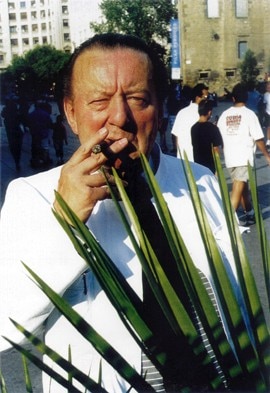Time is the real key to interpreting the work of Price, considered for forty years to be one of the most witty and stimulating provokers on the international scene. His “visions” and theories regarding the city – Price has actually built very little – have even now a strong influence on new directions in contemporary art and architecture and have always forced his contemporaries to confront the state of architecture with its potential. “I think that, at present, architecture does not do enough, it does not enrich or enliven people’s lives as much as, say, the internet, or a good story, or music does” explained Price in an interview with Hans-Ulrich Obrist, who together with Edelbert Köb, Günther Domenig, Lisa Phillips and Deyan Sudjic made up part of the jury.
For his part is the strong conviction that buildings should be adapted to the needs and demands of their occupants and should function in terms of the needs of the moment. His “Fun Palace” (1959-61), a multifunctional cultural complex, for example, was designed to last a maximum of ten years, a mix of mobile and fixed elements that the participants could transform according to needs. The same principle applied to “Magnet City” (1996), a city made from short term structures but able to generate new models and situations in urban evolution.
Price will be presented with the award, which amounts to 55 000 euro, on 9 December at 17.00 at the Austrian Federal Chancellery.
http://www.kiesler.org
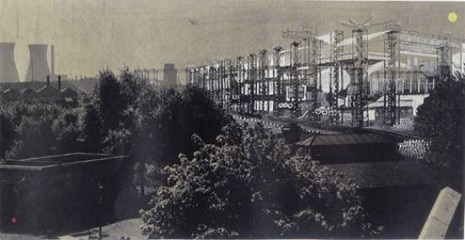
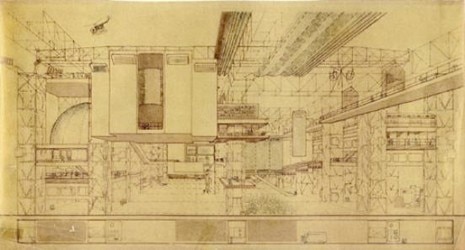
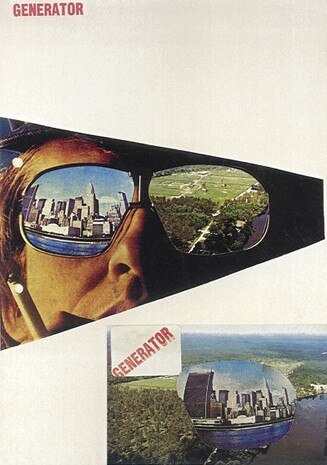
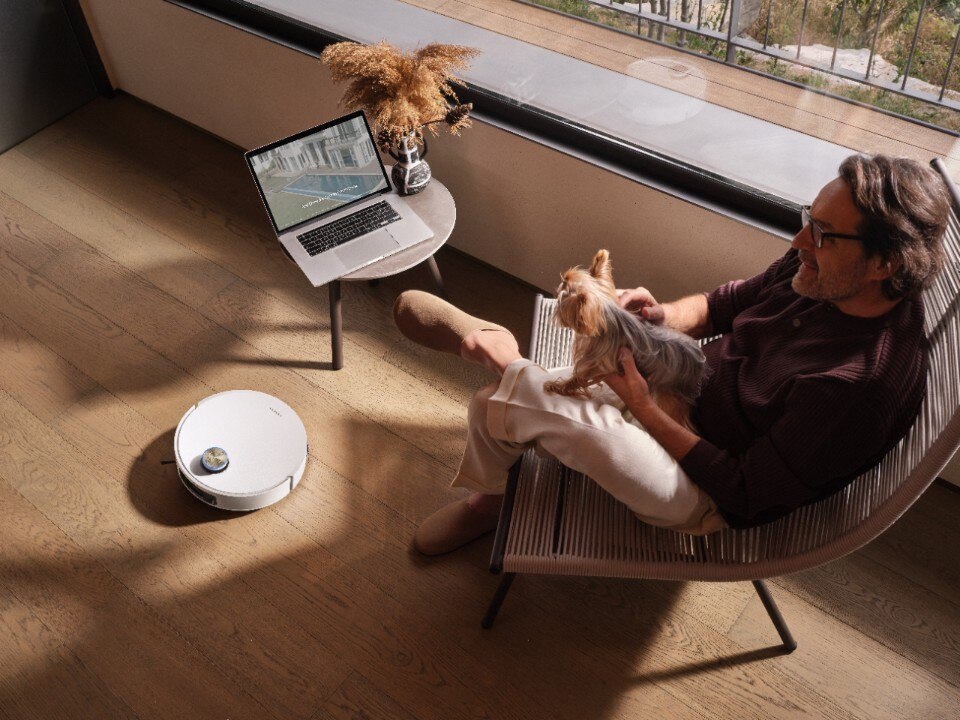
Cleaning? Let AI handle it
With the new X50 Series, Dreame brings artificial intelligence into home cleaning: advanced technology and sleek design come together to simplify home care, effortlessly.


